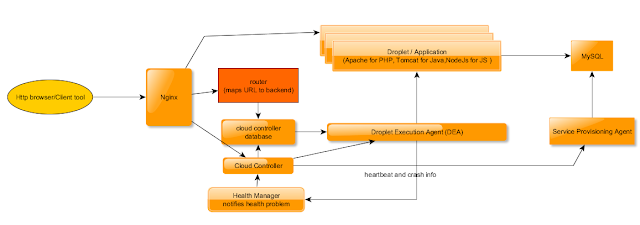SE Linux Cure (mini mini post)
I think its only natural for admins to avoid SELinux. Having SELinux enabled can make your simplest changes resulting in system failures. Or maybe even no change at all (no changes that you remember..). The Cure In the past, I depend upon a few commands that might shed some light on SELinux troubles. The commands are : ls -Z : this parameter shows additional column, named the security context, that is owned by each file chcon : this command changes a file's context to the given context argument. Example, chcon -t mysqld_db_t mysql - this command sets the security context of the mysql directory to mysqld_db_t restorecon : this command restores a file's context to default But a recent trouble opened my mind that more tools are needed. For example, in Ubuntu systems, we might need to poke the directory /etc/apparmor.d and edit rule files there. In recent CentOS trouble, these commands are handy : yum install setroubleshoot - this installs sealert, semanage tools ...

